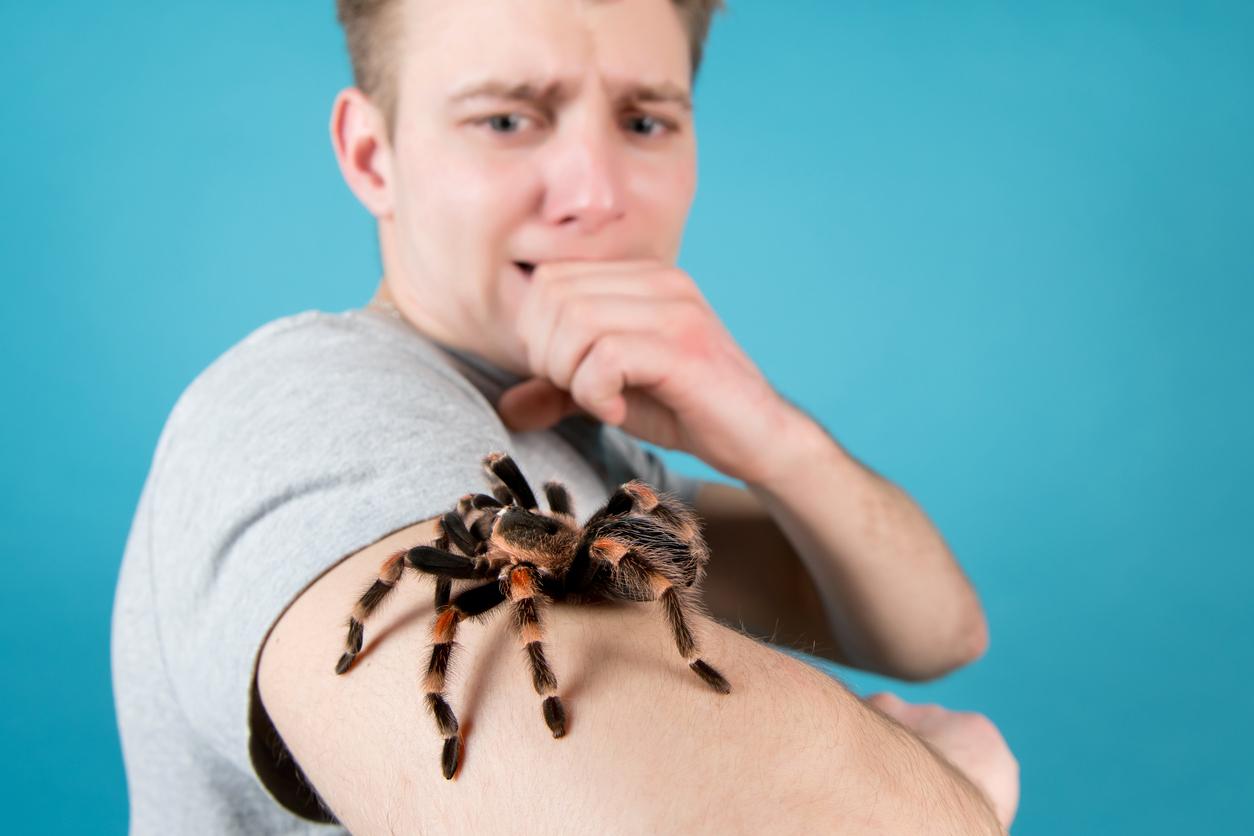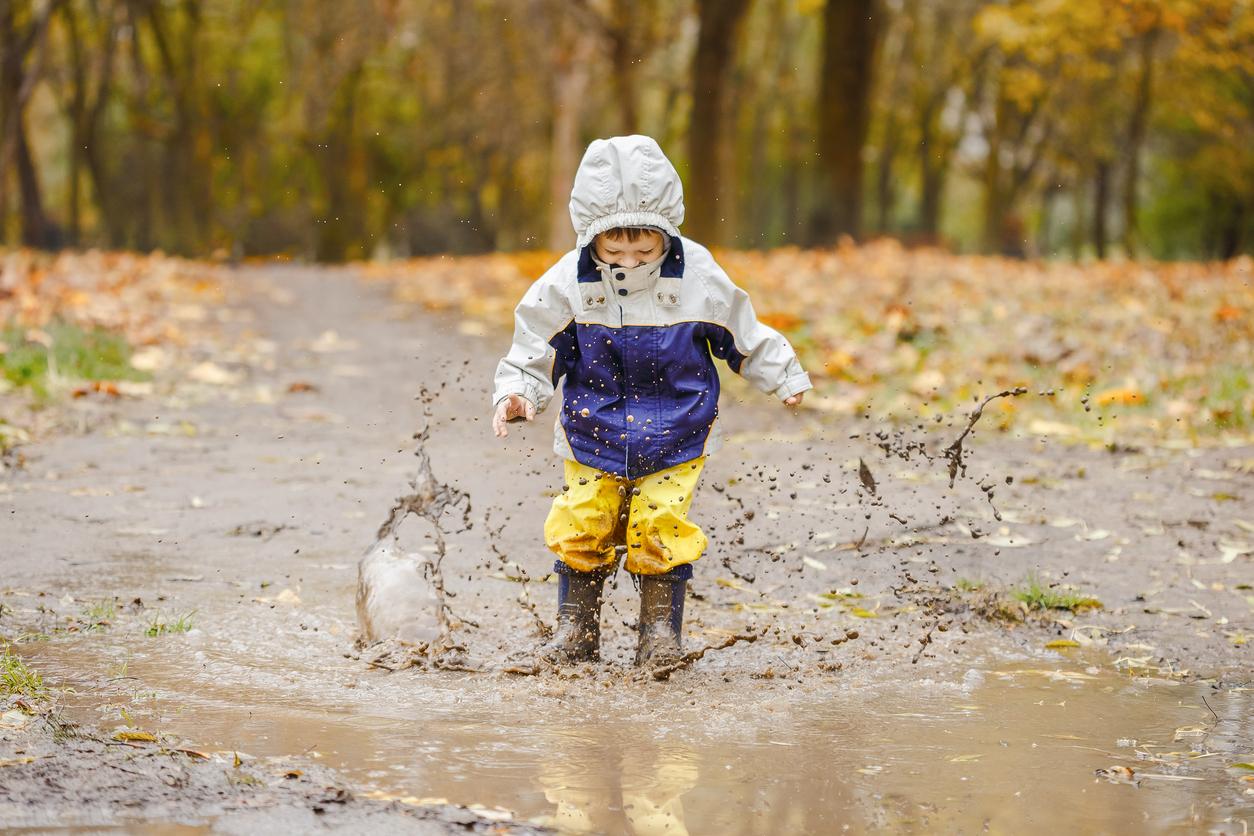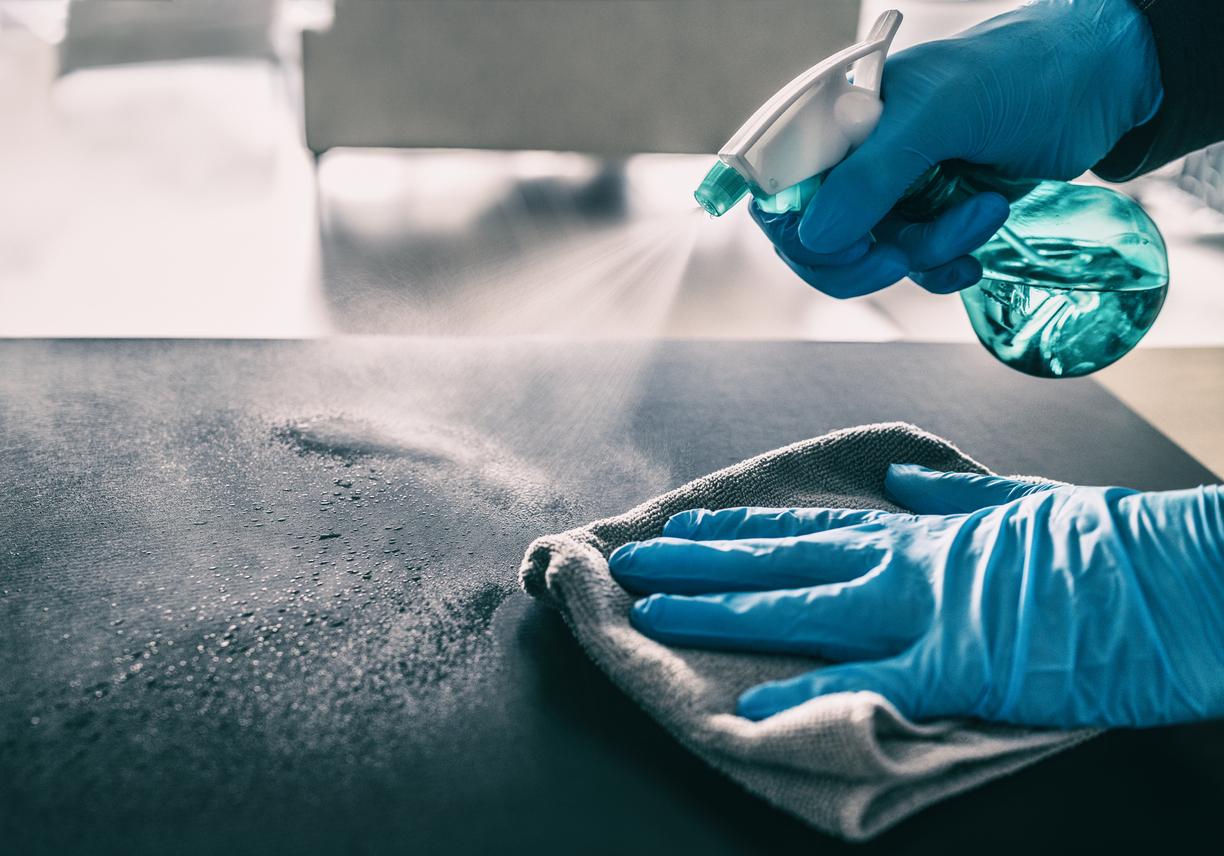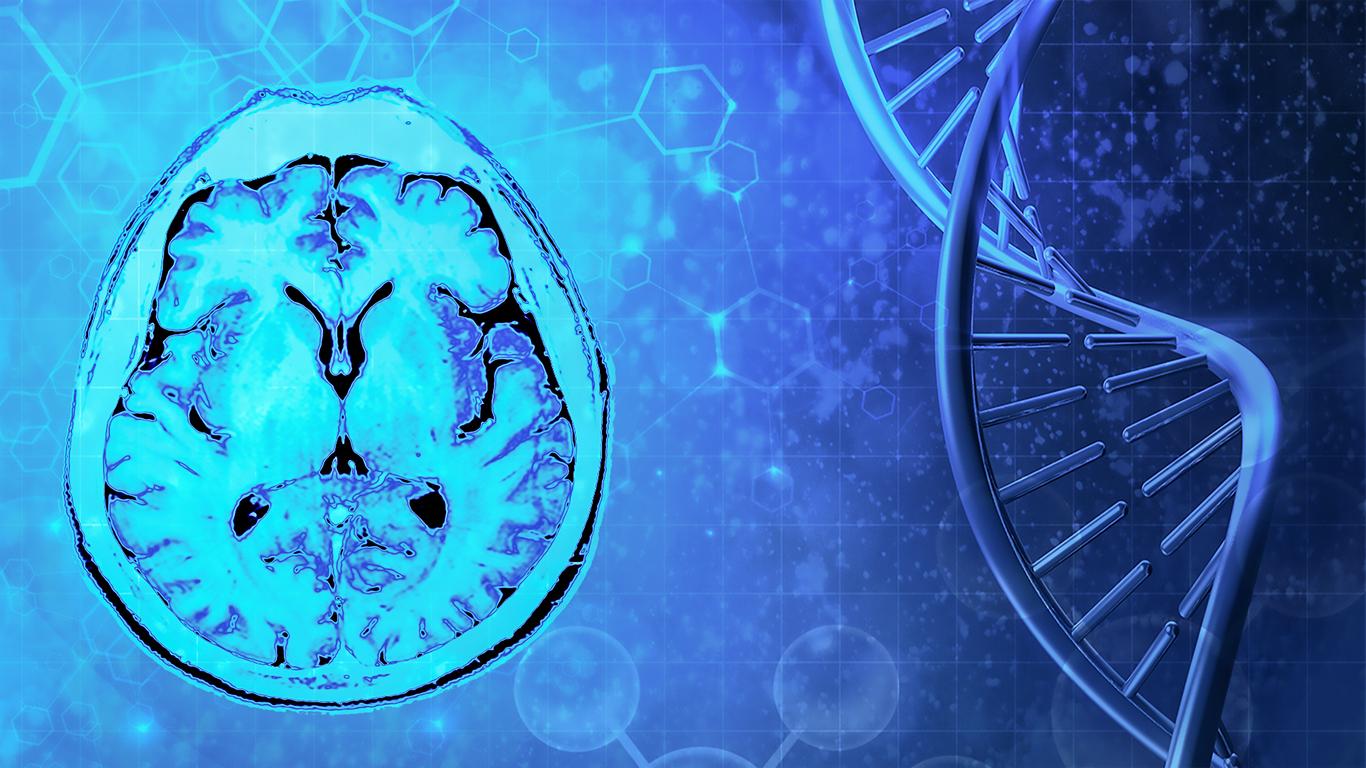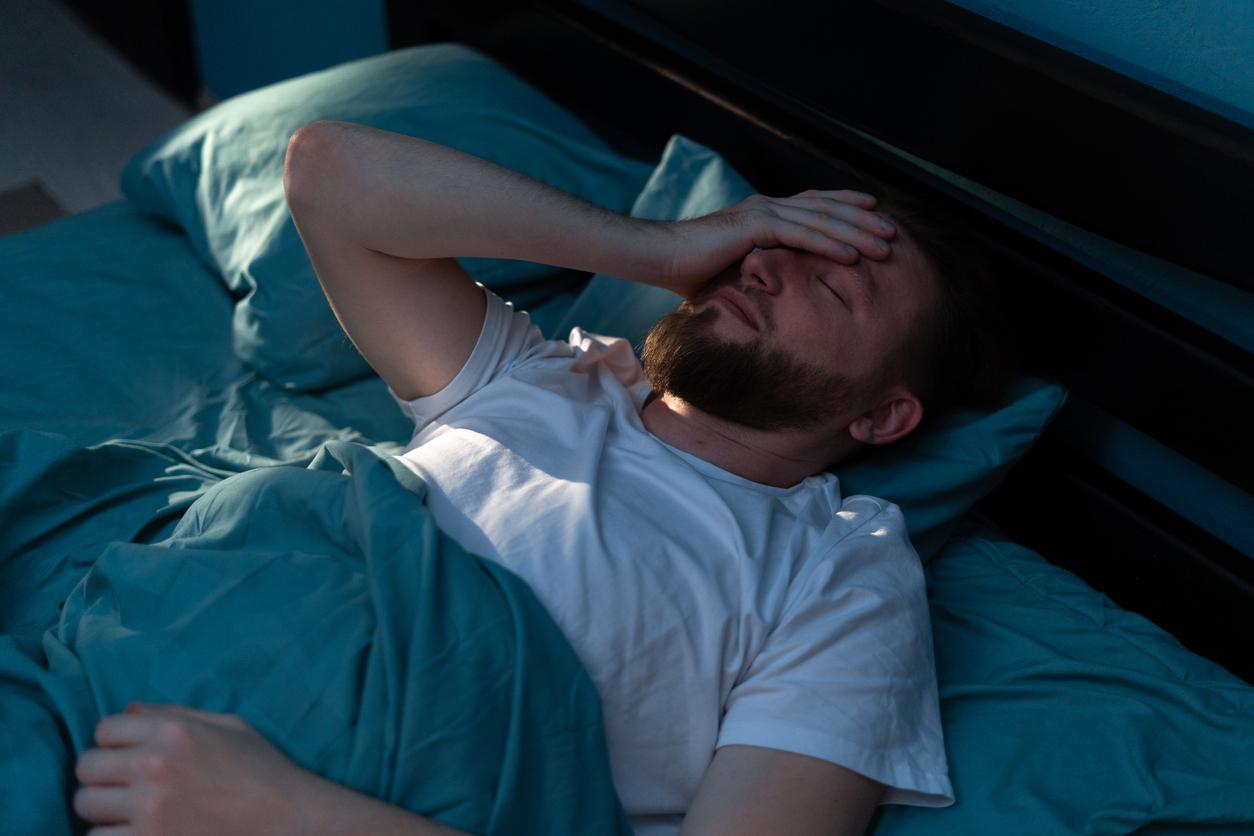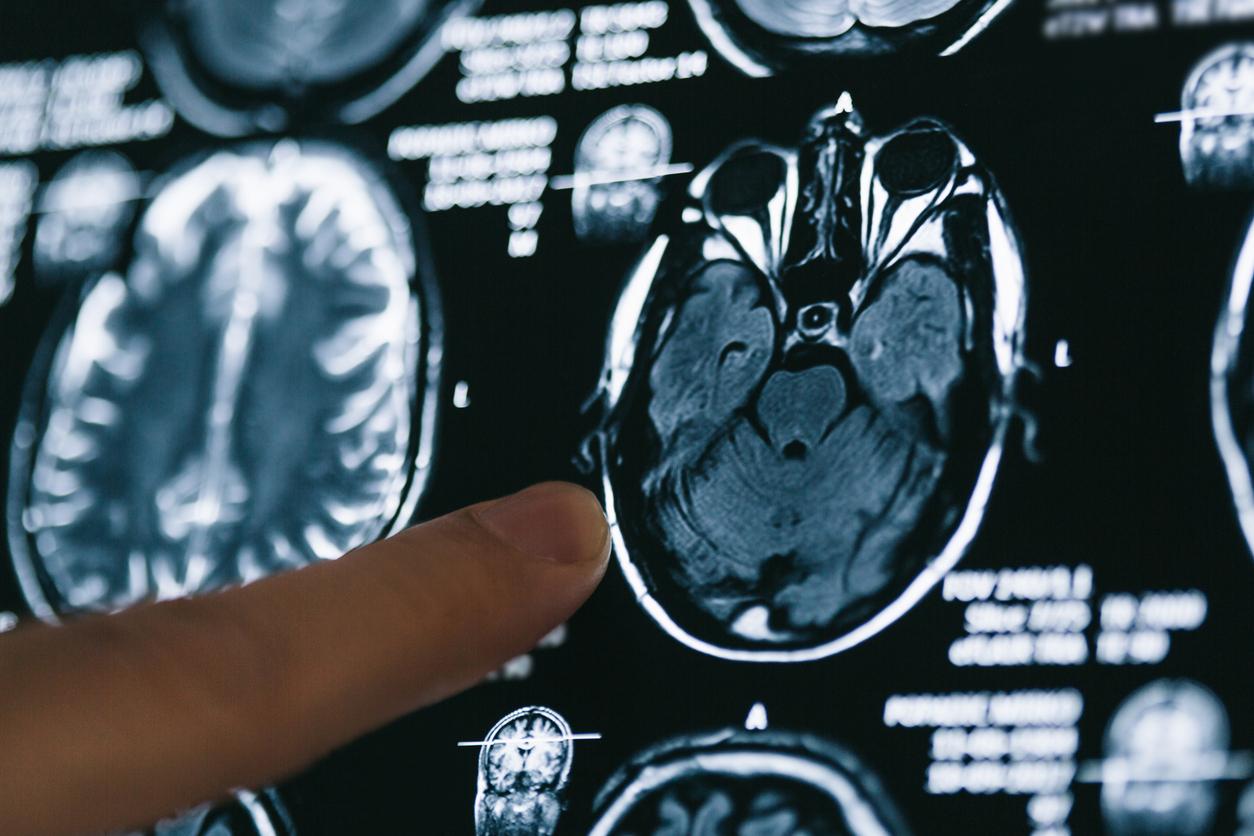All diseases are fearful, but there is one that enjoys more media coverage than the others, certainly because it is brutal and often fatal. This is meningitis. Meningitis is the inflammation of the meninges, the envelope that covers our brain and our spinal cord. Our gray matter is certainly our most precious asset, since it is the best protected by nature. First, there is bone protection: the skull for the brain and the spine for the spinal cord. To cushion the shocks, there is then the cerebrospinal fluid, which, a bit like an egg in a bucket of water, for example, when we brake suddenly in the car, prevents our brain from shrinking against our frontal bone. To envelop everything and protect especially against microbes, there is a barrier made up of 3 layers: the meninges.
We therefore understand why, when the meninges are infected, our whole nervous system is in danger and that, in the most serious form, it is the patient’s life which is at stake. Fortunately, all meningitis are not it does not matter. It all depends on the microbe that reaches the meninges. If it is a virus, the disease is unpleasant but rarely serious. It is quite different if it is a bacterium and in particular meningococcus. With meningococcus a child, in a few hours, can fall into the deepest coma.
However, you should know that there are 800 to 900 meningococcal meningitis in our country each year, 10% of which will be fatal and that there is an effective vaccine. We can also offer a preventive antibiotic treatment – because it is a bacterium therefore theoretically sensitive to these drugs – which will prevent the microbe from developing if contamination is suspected. This is almost always done by postilions, which is why we are looking for people who have been in the presence of a patient in a closed place.
If so, prevention is simple: make yourself known to take antibiotic tablets every 12 hours for 2 days.
.









